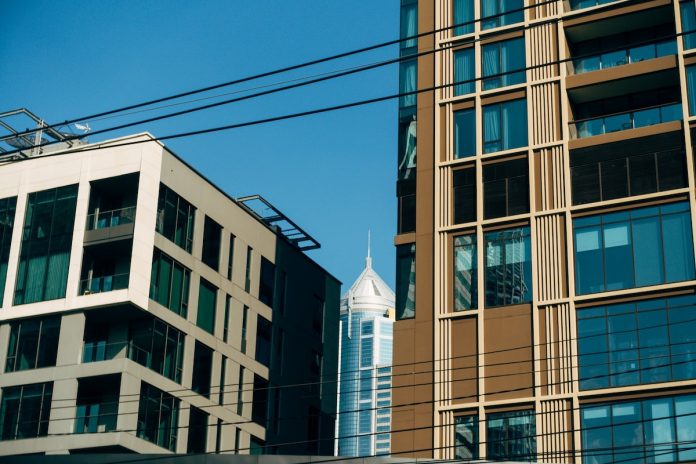Essential Safety Precautions For Residential Elevators
If you have an elevator in your home, you probably take it for granted. But that doesn’t mean that you shouldn’t take steps to ensure you are always safe when using your elevator. Here are some essential safety precautions every person should know when using a residential elevator.
Safety Precautions
There are a few things to keep in mind when using a residential elevator to stay safe.
1. Always use the handrail when riding in an elevator.
2. Avoid leaning against the walls of the elevator.
3. Do not try to open the doors while the elevator is in motion.
4. Do not block the doors from fully closing.
5. Do not ride the elevator if it smells of smoke or seems to be overheating.
6. If the elevator becomes stuck, do not try to force the doors open. Instead, use the emergency call button to summon help.
7. Do not use an elevator during a power outage.
1. Check the Elevator Doors and Bolts
One of the most basic but essential things to do with a residential elevator is to check the doors and bolts. If they are loose, they could be a way in which someone could get into your elevator. So always check the door and bolts and tighten them if necessary.
2. Keep the Hand Rail Clean and Lubricated
Even if your elevator is new, it may still be in use for some time. Unfortunately, this means that it has been exposed to wear and tear. In addition, if you have many people using the elevator, you will have a lot of handrail friction. This friction can damage the handrail, leading to people being injured.
To prevent this from happening, you need to keep the handrail clean and lubricated. This will not only avoid wear and tear but will also make it a lot easier to slide your hand along the handrail.
3. Use a Safety Bar
If you have an older elevator, the chances are that there is no handrail on the elevator. This makes it more dangerous because there is nothing to hold onto when you are in an elevator. You need to install a safety bar on the elevator to prevent this. This will prevent people from slipping off when they are on an elevator. It is also vital that you install a safety bar on a residential elevator that has no handrail.

4. Install a Proper Emergency Stop to Prevent Unintended Operation
If the elevator goes out of control and starts to go up or down rapidly, you need to install a proper emergency stop. This will prevent the elevator from going any further. If you do not have a proper emergency stop, the elevator could malfunction and cause severe damage.
5. Observe Building Codes and Fire Safety Rules
In addition to installing proper safety features on your elevator, you should also make sure that you follow all building codes and fire safety rules when using your residential elevator. If your building has a fire escape plan, it should be followed every time you use your elevator. In addition to this, if you are working with a contractor who does not know these rules and regulations, you should make sure that he follows them as well.
6. Install Additional Access Control Measures
In addition to installing a proper emergency stop, you should also install additional access control measures on your elevator. These measures should be implemented so that people do not have access to areas they shouldn’t have access to. For example, suppose there is a room on the top floor of your building that people can only reach by going through the elevator. In that case, you need to install additional access control measures so that only authorized people can get into this room.
The same goes for other areas that people could access by going through the elevator. In addition to this, you should also install additional access control measures in places where people could go through the elevator while it is moving. This will prevent people from slipping into the shaft while the elevator moves.
7. Test Your Elevator Before You Moved In
The last step in ensuring your residential elevator is safe is testing it before you move in. If there are any issues with the elevator, you may have problems once you start using it. For example, if there is an issue with the emergency stop, then using it could cause severe problems for people in your building. Therefore, you need to make sure that there are no problems before you move into your home so that you don’t have any issues when you start using your residential elevator.
Safety precautions are critical for everyone who uses an elevator in their home or business. If your residential elevator does not have all of these safety precautions installed, it is a good chance someone could get hurt or worse when using it. Following these tips ensures that everyone in your building or home is safe when using their residential elevator.





